While global childhood immunisation coverage remained stagnant in 2023, leaving almost 15 million children vulnerable to preventable diseases, there are some encouraging signs in Nigeria and other Gavi-supported countries when it comes to immunisation against human papillomavirus (HPV), which mostly affect adolescent girls and young adults between the ages of 15 and 25.
According to new data from the World Health Organisation (WHO) and the United Nation Children Emergency Fund (UNICEF), the introduction of the human papillomavirus (HPV) vaccine is making significant strides in protecting adolescent girls from cervical cancer.
Join our WhatsApp ChannelThe latest WHO and UNICEF estimates of national immunisation coverage (WUENIC) reveal that the share of adolescent girls globally who received at least one dose of the HPV vaccine increased from 20% in 2022 to 27% in 2023. This improvement is largely attributed to strong vaccination initiatives in countries such as Bangladesh, Indonesia and Nigeria which are part of the 57 countries supported by Gavi, the Vaccine Alliance. Dr. Sania Nishtar, CEO of Gavi, stated “The HPV vaccine is one of the most impactful vaccines in Gavi’s portfolio, and it is incredibly heartening that it is now reaching more girls than ever before.”
“With vaccines now available to over 50% of eligible girls in African countries, we have much work to be done, but today we can see we have a clear pathway to eliminating this terrible disease,” he added.
In Nigeria, the concerted efforts to introduce and expand HPV vaccination have contributed significantly to this progress. The use of the single-dose HPV vaccine schedule has also helped boost vaccine coverage, providing a more accessible and efficient means of protecting girls from cervical cancer. However, despite these advances, HPV vaccine coverage is still well below the 90% target needed to eliminate cervical cancer as a public health problem. Currently, only 23% of adolescent girls in low- and middle-income countries receive the vaccine, compared to 56% in high-income countries.
A recent poll of over 400,000 users of UNICEF’s digital platform for young people, U-Report, reviewed that over 75% are unaware or unsure of what HPV is. This underscores the critical need for better vaccine accessibility and public awareness. When informed about the virus, its link to cancers, and the availability of a vaccine, 52% of respondents indicated they want to receive the HPV vaccine but face financial constraints (41%) and lack of availability (34%).
READ ALSO: Nigeria Can Begin Vaccines Production To Tackle Cancer, Other Diseases – Ali Pate
While the HPV vaccine rollout shows promise, the broader immunisation landscape remains challenging. Global childhood immunisation coverage has not returned to pre-pandemic levels, (That is before the outbreak of the Covid-19) with significant numbers of children still missing essential vaccines. The data show that the number of children who received three doses of the vaccine against diphtheria, tetanus, and pertussis (DTP) stalled at 84% in 2023, and the number of children who did not receive a single dose of the vaccine increased from 13.9 million in 2022 to 14.5 million in 2023.
Currently, low vaccine coverage continues to drive outbreaks of diseases like measles globally. The WHO and UNICEF data reveal that nearly 35 million children globally are either un- or under-vaccinated against measles, with only 83% receiving their first dose of the vaccine in 2023. This is far short of the 95% coverage needed to prevent outbreaks and achieve measles elimination goals.
The report stated that “more than half of unvaccinated children live in the 31 countries with fragile, conflict-affected and vulnerable settings, where children are especially vulnerable to preventable diseases because of disruptions and lack of access to security, nutrition, and health services.” These countries include Yemen, Sudan, Democratic Republic of Congo, Afghanistan, and India among others.
READ ALSO: Niyel: an unwavering commitment to vaccination in Africa
“The latest trends demonstrate that many countries continue to miss far too many children,” said UNICEF Executive Director Catherine Russell. “Closing the immunisation gap requires a global effort, with governments, partners, and local leaders investing in primary healthcare and community workers to ensure every child gets vaccinated, and that overall healthcare is strengthened.”
To meet the Immunization Agenda 2030 (IA2030) targets of 90% coverage and no more than 6.5 million ‘zero-dose’ children globally by 2030, increased investment, innovation, and collaboration are essential. The IA2030 Partnership Council calls for strengthened support for country leadership to improve routine immunization as part of integrated primary health care programmes, backed by robust political support, community leadership, and sustainable funding.

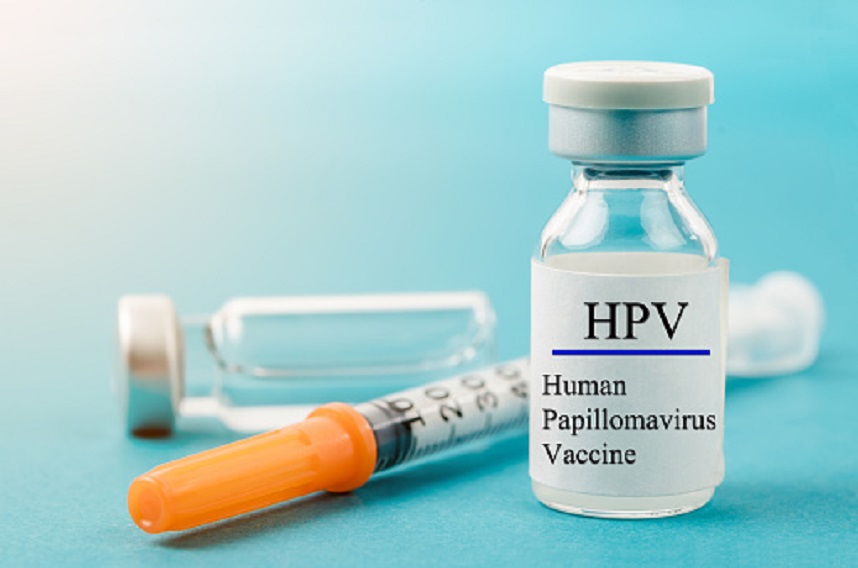


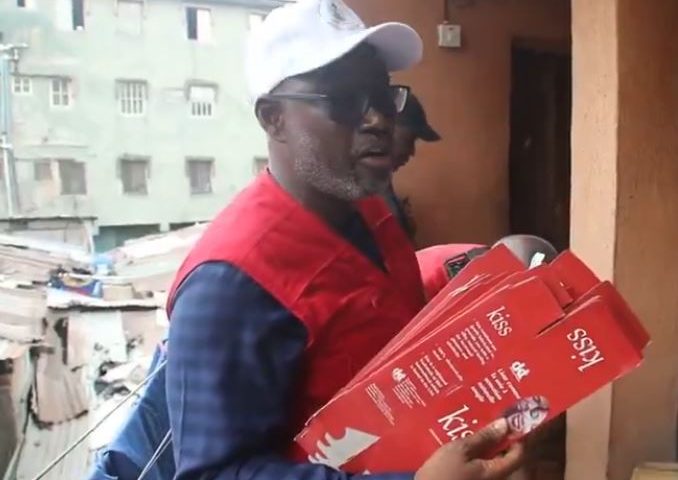

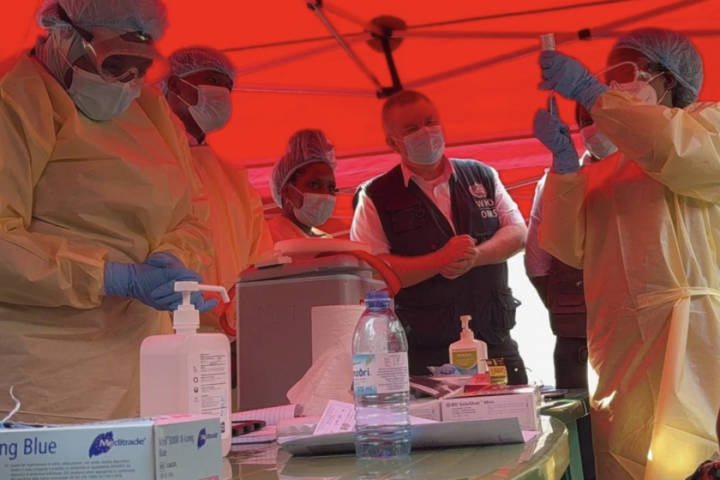


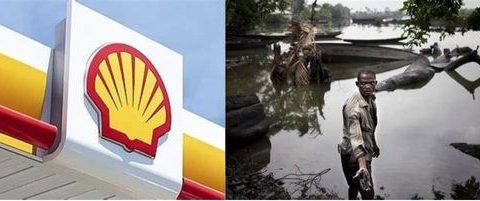
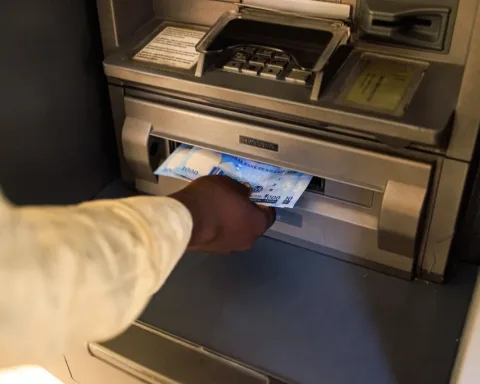




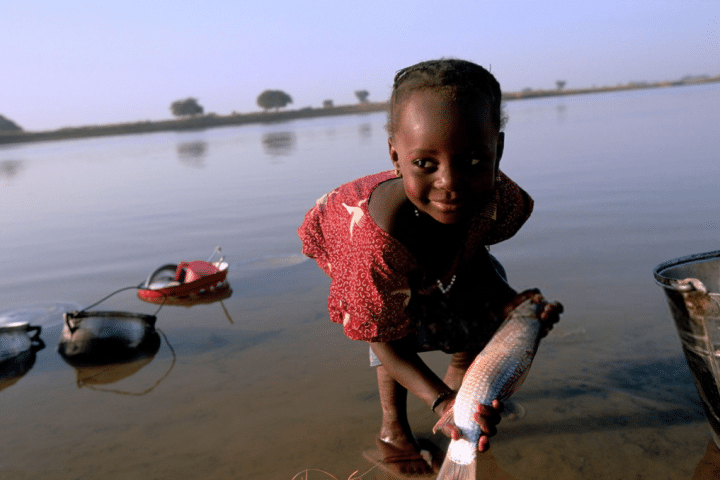
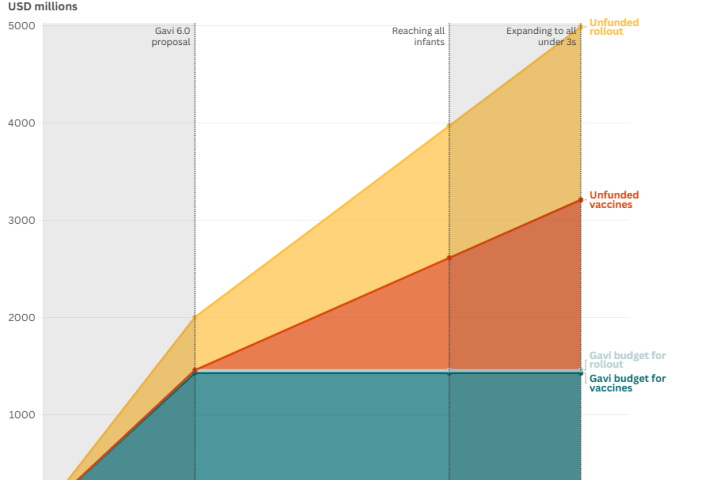

Your insights are a breath of fresh air.